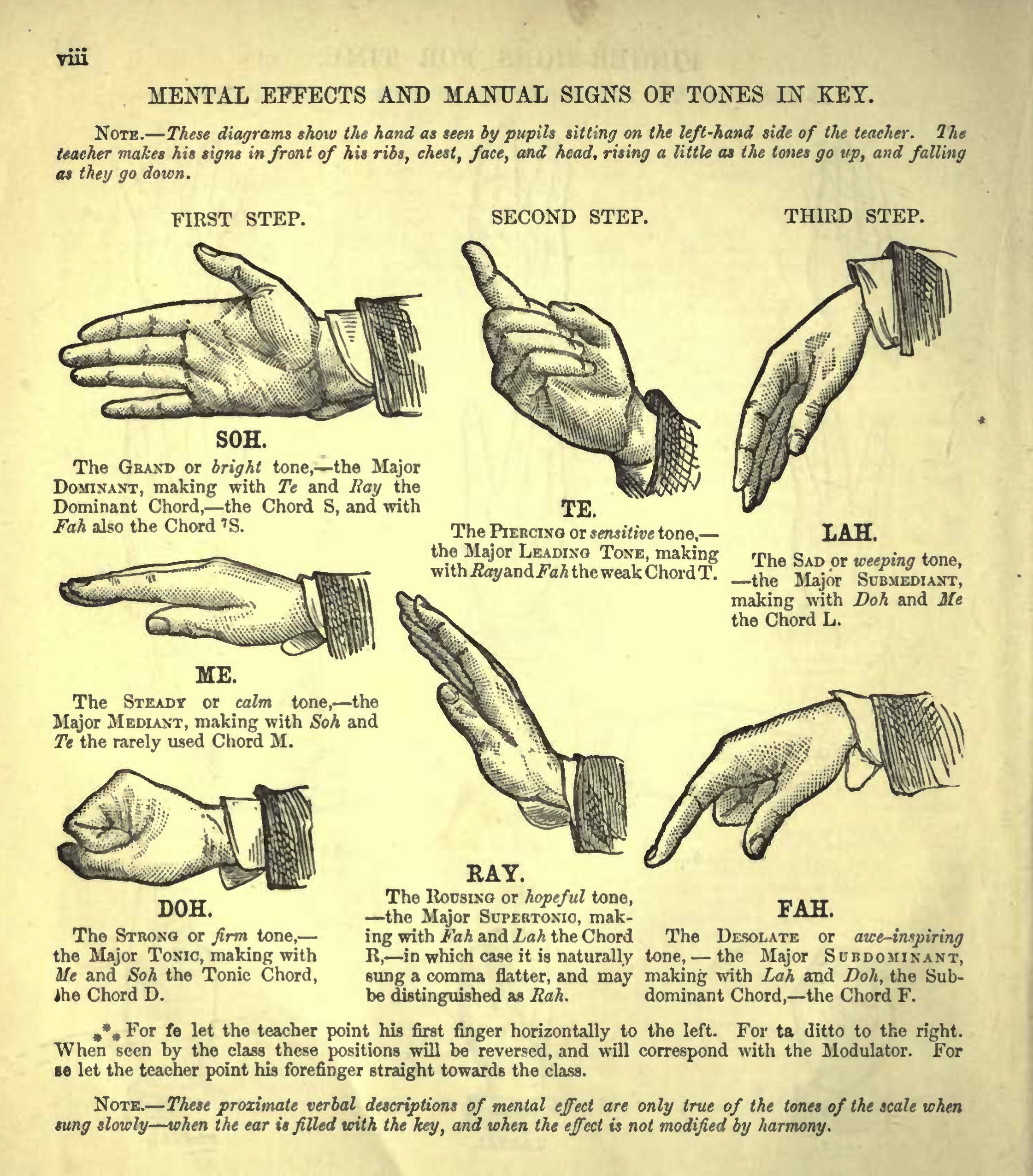Contents
1. Kernel Function
Now that you’ve learned tone tendencies and resolution patterns, you’re starting to see the mechanism of melody making. The seven tones do–re–mi–fa–so–la–ti have distinct characters within a key, unique to each other.
Through the chord part you’ll learn that chords also have “roles” in a key. So do melodies; do is the boss of the key, ti is a partner of do, fa is a strong tendency tone leaning to mi…
It is essential for your songwriting to understand the musical properties of each tone that arise from its relative position within a scale, which is actually one of the “skills” as a musician.
But in the general music theory field, unfortunately, there’s no prevalent word that refers to the musical properties of each tone that arise from its relative position within a scale. You have to say “the musical properties of each tone that arise from its relative position within a scale” every time you discuss the musical properties of eac…well, you’ve had it?🐸
In LMT, it is termed a kernel function, or simply a Kernel.
- Kernel
- The musical properties of each tone that arise from its relative position within a scale.
- The word inclusively refers to all sort of tonal properties, e.g. the distance from a tonal center, the whole-step/half-step environment around it, tone tendencies or its musical mood.
History of Tonal Property Theory
The idea that each tone of a scale has distinct characteristics is nothing new. On the contrary, its history can be traced back more than a century. For example, 19th century in England, John Curwen(1816–1880), who greatly contributed to the spread of tonic solfa, devised the hand signs representing do–re–mi tones.
You can see that the signs for the stable tones, do,mi,so, are straight horizontal, whereas the unstable tones point either upward or downward, implying their tendencies and Curwen’s impressions on each note are represented in their forms of the hand1.
Also, notice that he verbalized the basic characters of tones like “GRAND” for so, “DESOLATE” for fa and so on. True these impressions may vary depending on the person or on musical contexts, or it is essentially unfeasible to perfectly translate a sound for a word, but such depictions will be of great help in a practical sense.
So in this article I’ll verbally describe the characteristics of tones. But as it inevitably involves subjectivity, just take it as a reference. Incidentally, this time we focus on a major key environment where do acts as the center, leaving the detailed explanation of minor key for chapter III.
2. Studying Kernels
You’ve already learned most of the basic characters of tones so this section is mainly for reviewing. To absorb knowledge, I made example songs where each of do–re–mi tones is persistently repeated so that you can clearly hear the differences, and attach a playlist of songs using each tone as the highest pitch in chorus parts.
Kernel of Do
| Tendency | None |
|---|---|
| Stability | Stable |
| Role | The center of tonality. The place of rest, home. |
| Half-step Relation | Below is ti |
Do is the center tone to which all the other tones finally gravitate, the most stable tone of all. It forms a musical resolution from whichever note preceding, but the half-step motion ti→do is the smoothest. The descending whole-step cadence re→do sounds a bit more powerful.
Use as the Highest Note
Resolution to the tonal center is the most explicit form of ending a phrase. Placing do at the top of a melody means the multiplication of “landing home” and “reaching the summit”, therefore it will evoke a strong sense of accomplishment, fulfillment, the zenith, that sort of moods.
A common pattern is to reach the highest do by a large leap like an octave, as seen in “Sky High”, “Over the Rainbow” or “Life on Mars?” or “Don’t Look Down”.
“All About That Bass” is the opposite case where the melody reaches the highest do by gradual step, so–la–ti–do.
“Sky High” will be the most definite example of using the highest do as an expression of “reaching the summit”, in combination with the lyrics.
Kernel of Re
| Tendency | Medium |
|---|---|
| Stability | Unstable |
| Role | Floating or rising moods |
| Half-step Relation | none |
Re is a medium tendency tone whose environment is distinct in that, having its neighbor tones equidistant whole-step, the expectation of the direction in which it progresses is in equilibrium.
Probably because of this balanced orientation and its position (just above the center), re produces somehow floating vibes, described as being kinetic2.
The most basic form is to resolve downwards by step but re can be utilized in many ways.
Use as the Highest Note
As it is an unstable tone, the basic use is, I guess, to play in relatively short notes in cases where designating do as the highest note feels too blissful to fit for the theme of a song and you’d like to add a bit more to de-stabilize the line.
“Never Can Decide” repeats re–do resolution many times. On the other hand, in “Rather Be”, “Wildstar” and “I Love It”, unresolving re is used to leave a lingering feel.
Kernel of Mi
| Tendency | Weak |
|---|---|
| Stability | Stable |
| Role | emotional, appealing |
| Half-step Relation | Above is fa |
Mi is one of the stable tones. Listen to the example melody above and you will not feel any sense of musical tension like the line is suspending in an unstable state and need to resolve. In terms of stability, mi is said to have the third most strong stability after do and so3.
Having lesser stability than do or so is not a bad thing at all, for it can be utilized for different expressions than them. Including the precious half-step relation with fa, it is an essential note to create melodies representing emotional climaxes.
Use as the Highest Note
Positioned higher than do yet with some stability unlike re, mi is good at expressions of strong insistence or emotional appeal and so forth. Being a stable note, you can easily make a consistent repetition of mi or involve leap motion around mi.
“drivers license” and “Something Just Like This” are the good examples using mi for creating emotional peaks. Also, it is common in these two and “Under The Sea” that mi forms a descending stepwise cadence, mi–re–do.
“This Love” and “J’me tire” are the examples for bouncy skip mi–do or do–mi, a chain of stable tones. In “Symphony” and “Love in the First Degree”, mi is incorporated in a chain of leap motion containing a stride.
Thus mi excels in its mobility, having many useful patterns of skip motion.
Lastly, “道(Michi, The Road)” uses a combination of mi–re–do and mi–ti–do; the contrast of stepwise motion and a stride leap placed in the end is great!
Kernel of Fa
| Tendency | Strong |
|---|---|
| Stability | Unstable |
| Role | Creating instability |
| Half-step Relation | Below is mi |
As mentioned many times before, fa is a strong tendency tone. The example above sometimes sounds weird to ears. Though I just made this for the pure comparison, I don’t recommend such melodies at all.
In fact, fa tends to crash with basic chords and can easily produce strong dissonance. In this regard fa can be, by probabilistic logic, a more dangerous tone in comparison to ti, the other strong tendency tone. The relations between melodies and chords will be discussed in later chapters but it’s practically useful to mark fa as a “dangerous” note.
Using too much fa without resolving may incite listeners’ unrest needlessly, which is not recommended. It will be best for fa to be inserted into places where destabilization may work as a meaningful stimulation.
Use as the Highest Note
Fa placed as a highest note produces a strong musical tension and make the melody “wet”. The most basic progression from fa is to resolve down to mi.
In all the examples here fa goes to mi! Now check which note precedes fa instead.
In “International Love” and “September” fa is sandwiched by mi, forming a gentle slope mi–fa–mi. In the other cases leap motions are involved like do–fa or la–fa.
The former makes the smoothest curve, softening the wobbly taste of fa, whereas the latter highlights the shocking sensational effect of fa.
And observe that in all the cases above the highest fa resolves to mi. Through kernel analysis you can get a lot of empirical “laws” (not speculative “rules”!) that silently govern the Western pop music industry.
OK we are now halfway through! Go on the rest three.


